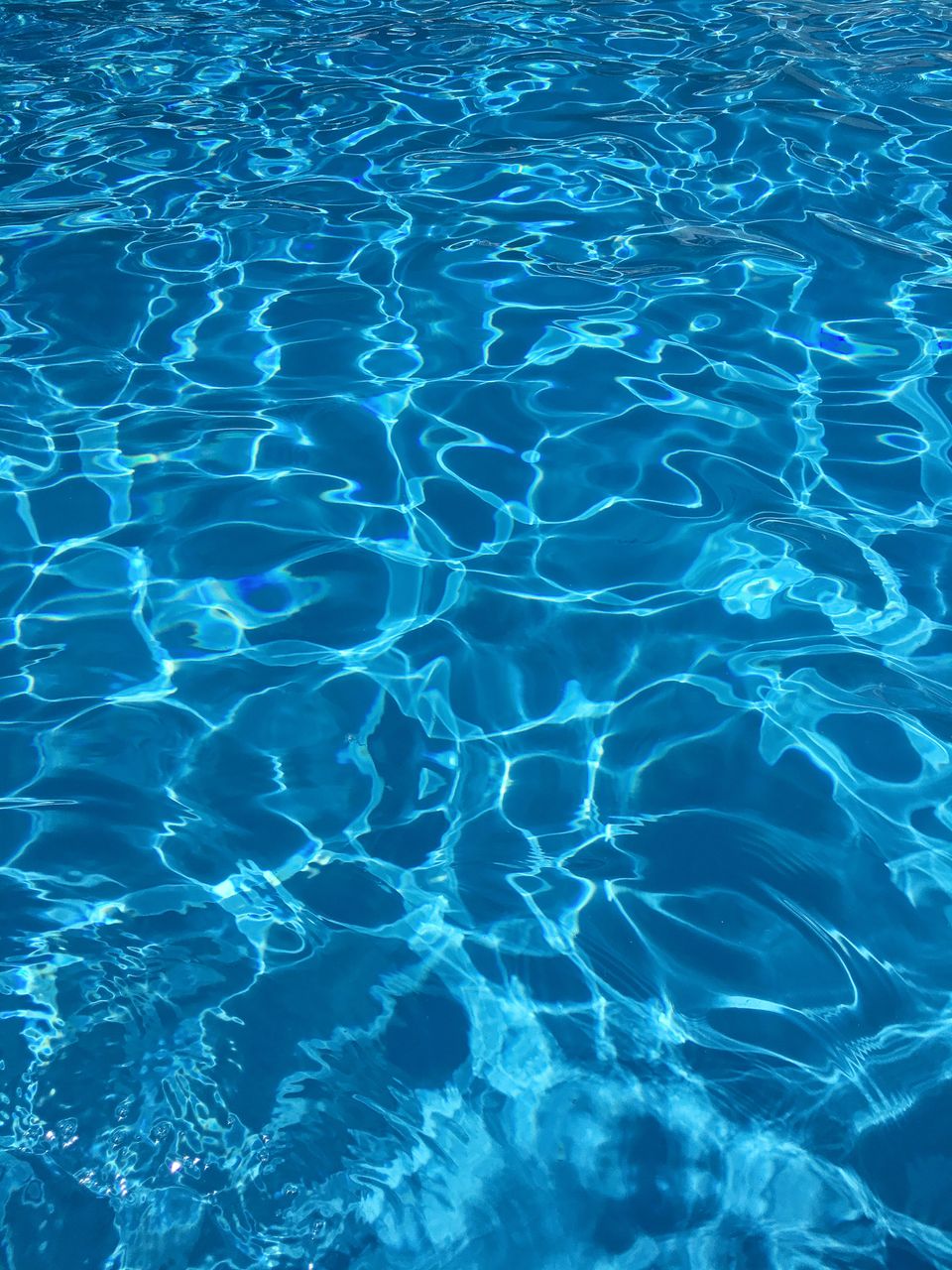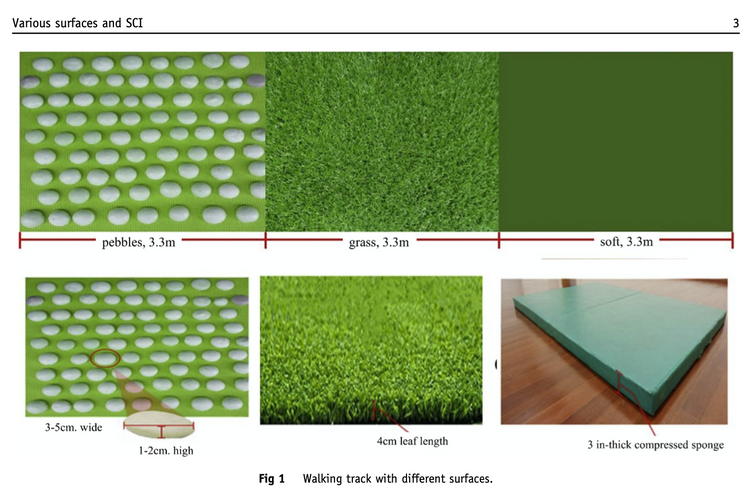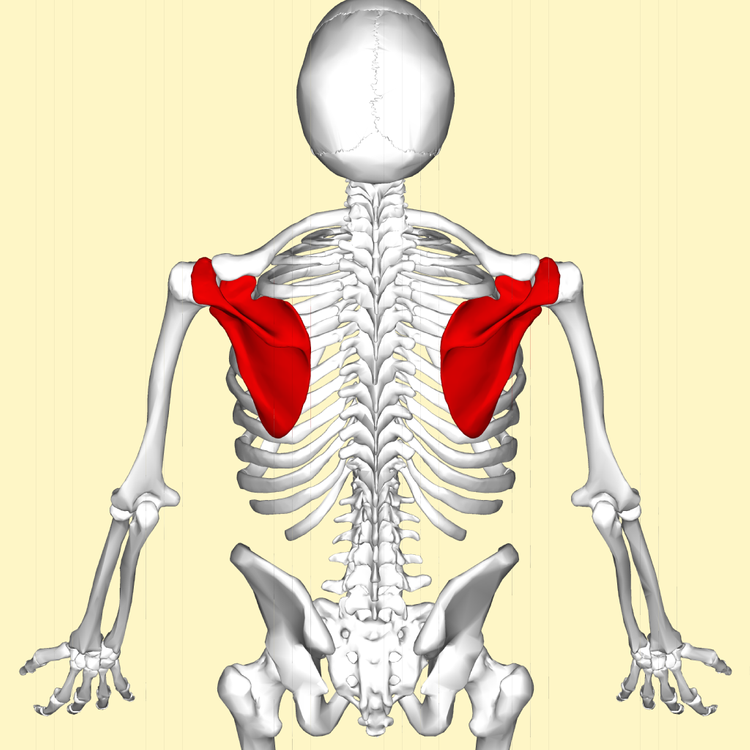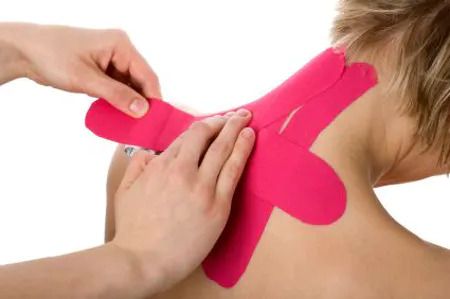Issue 21 Blue Crab Edition - Water vs. Land Showdown and Taping vs. Scapular Kinematics

Welcome to the showdown edition of PT Crab, where aquatic exercise squares off against land and tape steps up to battle scapular kinematics. Who will rise? Who will be crushed? Which will you use in your clinic? Why am I writing it like a terrible WWE Promo? I DON’T KNOW!
Anyway, now that that’s over. Don’t forget about our referral program to help us grow and help you get free access to our full, King Crab edition and other stuff as well. Head to our (now working, unlike last week) page right here.
Speaking of King Crab, this week, premium subscribers got two more articles, one about a new IASTM tool and another about self-snags for cervicogenic headache. Sign up for the full edition at PTCrab.org/Signup.
And now, without further ado, let’s dive in.
Does Aquatic Exercise Even Count? Uh… Yea.
The Gist - These inspired researchers assessed the muscular effort needed to do the same 11 exercises in water and on land, then compared them to see which was tougher. Turns out, it’s neither. Most of the time. Here’re the details.
The Mean Muscle Activity (measured via EMG) was the same across 66% of cases measured, higher in water in 5% and higher on land in 29%. So, broadly, the same. HR was higher on land than in water, but that’s a normal physiological thing. RPE was mixed; neither was obviously harder than the other. Pain was slightly lower in water, but it was low across the board.
There were really 4 groups here, water with chronic low back pain, water without pain, land with chronic low back pain, and land without pain. Between-group differences were small across all groups, with muscle activation error bars crossing over hugely in all cases and very few significant differences spotted elsewhere, not even enough to mention here.
Tell Me More - You want to know the exercises, don’t you? Well I’m not going to tell you. The (open access) paper has them all (with pictures and everything!), and to save space I’m just going to say that they got to every major muscle group. It was full body stuff.
I will tell you some other stuff though. Like that the only muscles that showed higher activation in water were the external obliques, rectus abdominis, and the erector spinae. The differences were spread across different exercises, but an interesting note that they’re all “core” muscles. The Discussion section of the paper has good notes on why some exercises caused the muscle activation they did and why that could be. It also includes a couple of tips, like:
Performing a squat with upper extremity movement, similar to a lifting task, is perhaps initially better trained in an aquatic environment if spinal extensor overactivity is problematic or painful. Ex6 might pose similar benefits due to greater abdominal and spinal extensor activity on land. If an abdominal strengthening exercise was required for rehabilitation but a land program was too advanced, then this water exercise could offer a suitable intermediate step.
Overall, we can note that aquatic exercise is no less effective at activating glute and trunk muscles than land exercise. Their research shows that the level of activation is muscle, exercise, or resistance-dependent, not environment-dependent.
Lastly, this was performed in pain-free people and people with CLBP, but the people with CLBP had mild-to-moderate disability and all exercised recreationally. You may not be able to generalize this to the whole CLBP community.
Paper? You want to see those sweet exercise photos, don’t you? They’re all shirtless too 😅 And it’s open access. Hot. You may want to open this link in incognito mode…
The Scapula vs. The Tape - The Last Showdown
The Gist - Our second showdown is the most complex, a systematic review of taping’s effects on periscapular musculature and scapular kinematics. Researchers publishing in the Journal of Hand Therapy dug into this thorny problem by grabbing dozens of articles, whittling it down to 11, and seeing what was up. The articles they used had a combination of rigid and elastic taping in many different ways (photos of which are in the piece) and showed a few consistent results, though not a ton.
6 of the 8 studies that reported periscapular EMG results saw changes in activation. Four of these saw decreased upper trap activation in a myriad of activities, while two didn’t show any changes. Lower and middle trap only showed differences in one study each, while serratus anterior only showed a difference in one of the six studies as well.
Tell Me More - Let’s do kinematics. Five studies investigated scapular kinematics, and it looks like taping does alter those. Four studies showed an increase in scapular upward rotation, and one showed no difference. Two found an increase in external rotation, three found no difference, and three saw an increase in posterior tilt, while one showed no difference. So taping probably modifies scapular kinematics, but we’re not sure.
The paper effectively breaks down each item that they looked into in the Discussion section, so check that out for all the details. It’s a bit early to know for sure if scapular taping makes huge differences, but the study does show some exist. If you’re looking to control for taping style or tape type, the article breaks each study down by them. From my perusal, it looks like rigid tape had the largest effects, but some elastic taping techniques showed differences as well.
Paper? Paper. Open access paper. Oooo.
That’s all we have this week, thanks for stopping by! PT Crab exists to help you be a better PT. If you know someone else who could use some help, passively-aggressively forward them this email! It can’t hurt, right?
’Til next week,
Luke and Gus-Gus
Featured image by Matthias Cooper from Pexels





Comments
Want to leave a comment and discuss this with your fellow PTs? Join PT Crab and get summarized PT research in your inbox, every week.